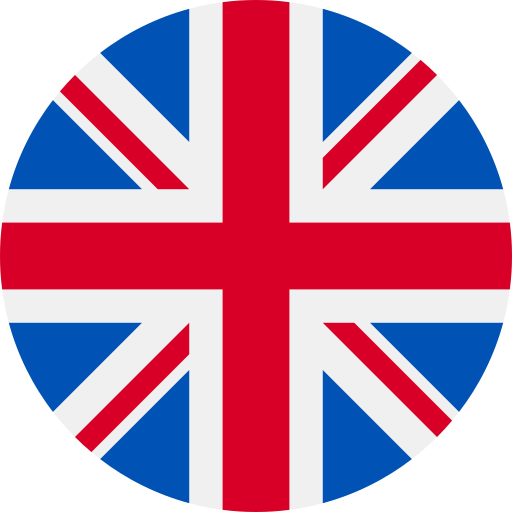Climate
The best seasons to trek in Nepal are autumn, from mid September until end November and spring, from the beginning of March until the mid May.
Autumn (mid-September to end-November)
This is the most popular time to trek. Generally during autumn, the weather is clear with mild to warm days and cold nights. However, in the higher altitude, the nights drop into freezing temperature.
Recommended trekking gears and clothing.
The clothing you bring will need be able to protect you from both the warmth of the days and the chill of the nights. While trekking during the day at lower altitudes, lightweight trekking trousers and T-shirts are recommended. It’s always a good idea to carry a waterproof jacket and some warmer clothing with you as mountain weather is notoriously unpredictable. For the cold nights, thermal wears, a warm fleece jacket and even a down jacket will help to keep you warm.
Kitbag (duffel bag / duffle bag)
All the trekking gears that are carried by the porters or yaks should be packed in a strong kitbag. A simple design without wheels and without foldable handles is best. You can buy one in Kathmandu, although they are not as tough as the North Face Base Camp Duffel.
Daypack
This should be comfortable and a good waist band that transfers some of the weight to the hips is most important. It needs to be big enough to fit your basic necessities like a jacket, fleece blanket, water, camera and etc.
Boots
For a happy trek you need comfortable feet. Good boots have: good ankle support, plenty of toe room for long descents, a stiff sole to lessen twisting torsion, and are light because with every step you lift your boot up. Look at the inner lining-leather is good and Cambrelle is even better, a material that eats smelly feet bacteria. Good lightweight trekking boots or light all leather boots are perfect. Boots must be lightly worn in before trekking and this should include some steep hills to show up trouble spots before the trek. The longer the trek, the better the boots you need. If you are not a climber, consider carefully whether you need to get them or not – you will only be using them for trekking. Do not bring sandals or leather boots for trekking.
Socks
In the countryside, your feet will be warm or even hot while walking so high quality, cotton mix sports socks are best. Three to four pairs are enough. Thick trekking socks are better for higher altitudes and cool evenings. Mostly modern trekking boots fit large feet snugly but wearing many pairs of socks at the same time is impractical.
Fleece jacket/vest
Most trekkers consider this essential, but alternatives are a thick thermal top or a light down jacket. In Kathmandu you can get almost any sort of fleece you need.
Down jacket
Almost essential for the cold evenings. A down jacket is the best option.
Thermal shirts/underwear
Good thermals, both tops and bottoms, are one of the secrets to cold weather trekking comfort. Expedition-weight thermals are the most versatile and can be worn as your high altitude trekking top or under pants on extremely cold days. Zip-up tops are great for changeable weather.
Nightwear thermals
Silk-weight is lightest and warm, mid-weight is perfect. Great for nights in the sleeping bag!
Day-wear shirt
T-shirts are popular but a cotton shirt or mixed yarn travel shirt is more versatile. The collar protects the back of your neck and the sleeves can be rolled up or down. Take two or three so you can swap damp for dry.
Fleece/sweatpants
Great for the chilly evenings, thicker is better and readily available in Kathmandu.
Trekking pants
You will live in these. Light material, loose and dark-coloured is best. You can survive with only one pair, although two are better.
Wind pants
If your trekking pants are reasonably windproof then special wind pants are not needed. If you do bring a pair, it is not necessary to have Gore-tex. Similarly, non-waterproof is quite okay.
Warm hat/balaclava
Nice in the evenings, hats essential for cold trekking days.
Neck gaiter
For winter trekking they are really the best for staying warm!
Trekking poles
Definitely useful, especially on steep, rough terrain, but if you are not used to using them you can survive without them.
Sunglasses
Suitable for snow, it’s bright up there, but specialized glacier glasses with side pieces are not needed. Contact lens wearers report very few problems except cleaning them in the conditions. Ski goggles are unnecessary.
Gloves
A good pair of warm wind-proof gloves is essential. Available in Kathmandu for cheap if you don’t have a pair.
Water bottle
Should be leak-proof , hold one liter or more and be able to take boiling water. Camelback, Nalgene or a similar brand, or European fuel bottles, are best. You need at least 1 water bottle in addition to a hydration system. Water bottles are also available in Kathmandu.
Sunscreen and lip balm with sunscreen
The sun is strong at altitude, especially after snow. Bring sunscreen with at least an SPF 30 PA+ and lip balm with SPF 15 or above
Moisturizer
A small tube for sensitive or well cared for skins. The air is dry and the sun harsh.
Sun hat
A baseball cap is ideal. Bring many if you like to change colors every day or else don’t. A wide-brim sun hat is also good.
First aid kit
We carry one with aspirin, paracetamol, ibuprofin, decongestants, lozenges, various antibiotics for Nepalese varieties of diarrhoea and chests infections, Diamox (an acclimatizing aid drug), antiseptic, antihistamine cream, rehydration, bandages and band-aids, tough blister tape (but not moleskin).
You should bring any personal medicines that you need.
Snacks and nutrition
You will want wholesome snacks and vitamin tablets. Chocolate bars, dried fruit bars and dried fruit are readily available in the major department stores Kathmandu. Whole grain meals are nutritive and provide energy.



